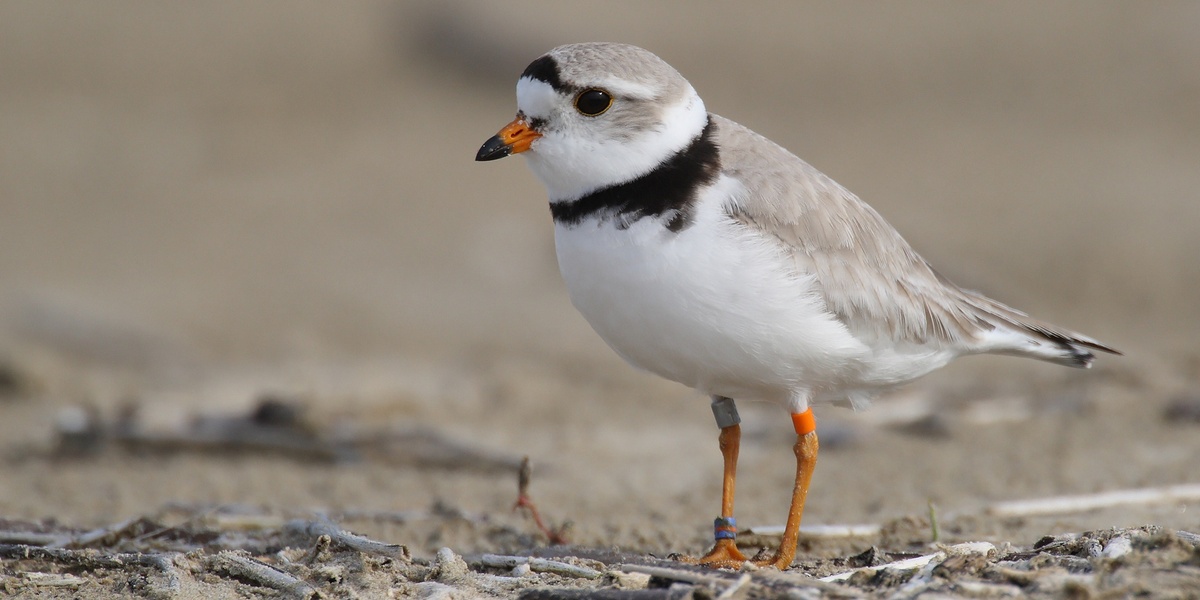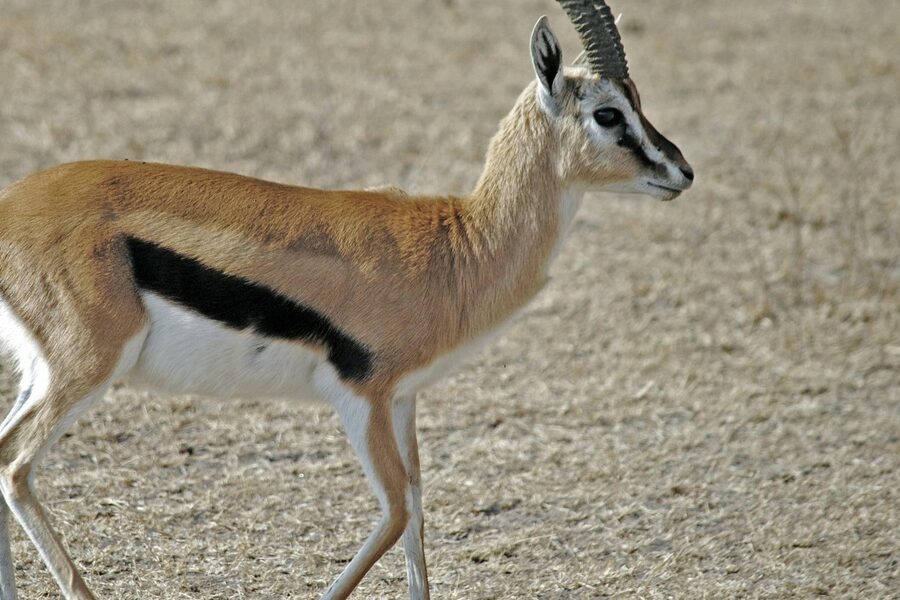Green Bay’s mix of shoreline, marsh and estuary habitats supports a surprising variety of birds, fish and plants — but development, pollution and changing water levels have put several species at risk. Walking the bay’s edges or paddling its rivers you may notice fewer nests and different seasonal visitors than older records describe.
There are 13 Endangered Species in Green Bay, ranging from Caspian Tern to Whooping Crane. For each entry you’ll find below the key details organized as Scientific name,Status (federal/state),Where in Green Bay, so you can quickly see legal protection and local hotspots you’ll find below.
How are species chosen for this list in Green Bay?
Species are included based on official federal and state listings and recent regional surveys; agencies like the U.S. Fish and Wildlife Service and state DNRs determine status by population trends, habitat condition and threats, and local observations help confirm where each species is found.
What can local residents do to help these endangered species?
Practical actions include protecting shoreline vegetation, reducing runoff and pollutants, avoiding disturbance near nests, reporting sightings to state wildlife agencies, and supporting targeted habitat restoration projects that improve breeding and foraging areas.
Endangered Species in Green Bay
| Name | Scientific name | Status (federal/state) | Where in Green Bay |
|---|---|---|---|
| Piping Plover | Charadrius melodus | Federal endangered (1986); WI endangered (1986) | Cat Island Chain, Long Tail Point, sandy shorelines |
| Forster’s Tern | Sterna forsteri | WI endangered (1989) | Cat Island Chain, coastal marshes, Renard Isle |
| Common Tern | Sterna hirundo | WI endangered (1979) | Cat Island Chain, Kidney Island, Renard Isle |
| Whooping Crane | Grus americana | Federal endangered (1967); WI endangered (1997) | Coastal wetlands for migratory stopover |
| Caspian Tern | Hydroprogne caspia | WI endangered (1989) | Offshore islands, Cat Island Chain |
| Hine’s Emerald Dragonfly | Somatochlora hineana | Federal endangered (1995); WI endangered (1997) | Door County coastal wetlands, spring-fed marshes |
| Rusty Patched Bumble Bee | Bombus affinis | Federal endangered (2017) | Gardens, parks, and natural areas throughout the watershed |
| Northern Long-eared Bat | Myotis septentrionalis | Federal endangered (2022); WI endangered (2011) | Forested areas for summer roosting; hibernacula in caves/mines |
| Gray Wolf | Canis lupus | Federal endangered (2022) | Northern parts of the watershed (Marinette, Oconto counties) |
| Kirtland’s Warbler | Setophaga kirtlandii | WI endangered (1975) | Migratory stopover in coastal forests and shrublands |
| Ram’s-head Lady’s Slipper | Cypripedium arietinum | WI endangered (1979) | Cool, moist coniferous forests in Door and Marinette counties |
| Round Pigtoe | Pleurobema sintoxia | WI endangered (1989) | Lower Fox River, Wolf River, and other major tributaries |
| Rainbow Shell | Villosa iris | WI endangered (1997) | Oconto River, Peshtigo River, and other clean tributaries |
Images and Descriptions
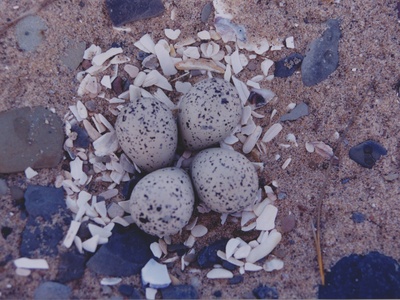
Piping Plover
This tiny, sand-colored shorebird is a master of camouflage. Its nests are simple scrapes in the sand, making them very vulnerable to disturbance. Green Bay’s protected beaches are critical nesting spots for its Great Lakes population.
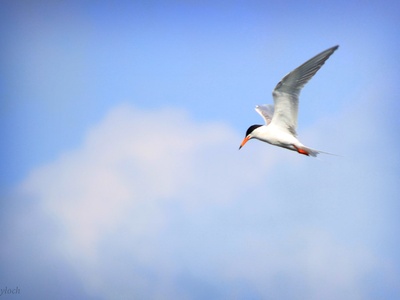
Forster’s Tern
A graceful waterbird with a striking black cap, Green Bay is a vital stronghold for this species. It nests in large colonies, and the restored Cat Island Chain provides one of the most important nesting habitats for it in the entire Great Lakes region.
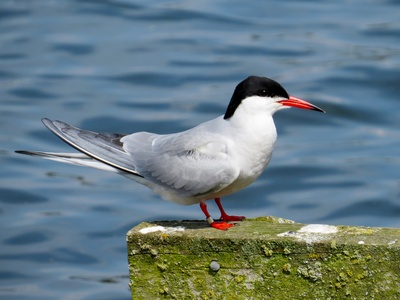
Common Tern
Often seen with Forster’s Terns, this agile bird is a fierce defender of its nest. It has struggled due to habitat loss and competition from gulls. Green Bay’s protected islands offer a safe haven for its large nesting colonies.

Whooping Crane
North America’s tallest bird, standing nearly five feet tall. Once near extinction with only 21 birds left, a reintroduced eastern population migrates through Wisconsin, using Green Bay’s wetlands to rest and feed on their long journey.
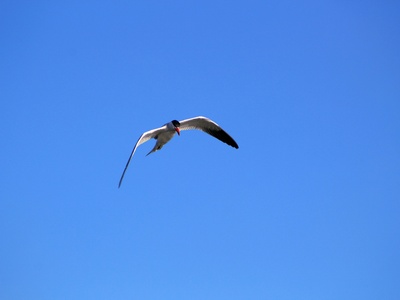
Caspian Tern
The world’s largest tern, easily identified by its huge, bright red bill. These birds travel long distances for food and nest in colonies on sparsely vegetated islands in Green Bay, making the bay a critical breeding area in the state.

Hine’s Emerald Dragonfly
A rare dragonfly with brilliant emerald-green eyes. It depends on very specific wetland habitats over dolomite bedrock, making Door County’s shoreline along Green Bay one of its last global strongholds. Its presence indicates a healthy, pristine wetland.
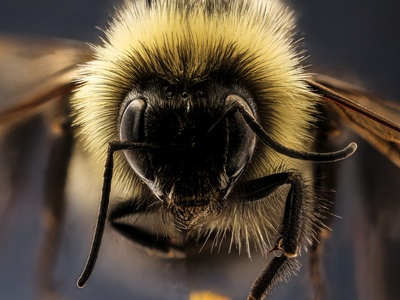
Rusty Patched Bumble Bee
Once a common sight, this bee is recognized by the rusty-red patch on its back. It was the first bee in the continental U.S. to be listed as endangered. Protecting pollinator-friendly habitats around Green Bay is crucial for its survival.
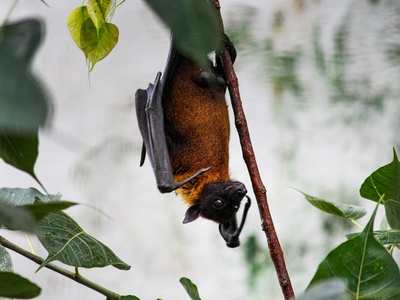
Northern Long-eared Bat
This small bat has been decimated by a fungal disease called white-nose syndrome. It forages in the forests of the Green Bay watershed during summer, making healthy woodlands essential for the recovery of this important insect-eater.
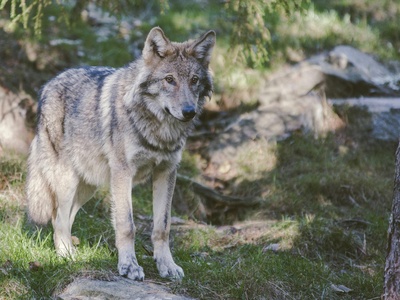
Gray Wolf
A keystone predator that has made a remarkable comeback in Wisconsin. While packs are rare in the immediate Green Bay area, individuals disperse through the northern forests of the watershed, playing a vital role in maintaining ecosystem balance.
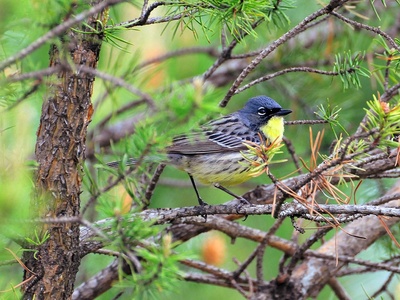
Kirtland’s Warbler
A conservation success story, this rare songbird was recently delisted federally but remains state-endangered. It relies on shoreline habitats around Green Bay to rest and refuel during its long migration to the Bahamas.
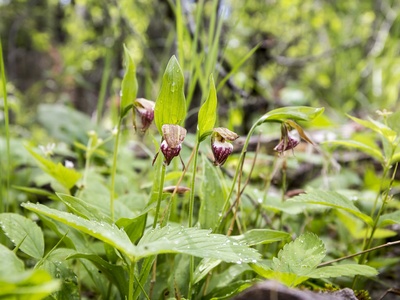
Ram’s-head Lady’s Slipper
One of North America’s rarest orchids, named for its pouch-like petal that resembles a ram’s head. This stunning wildflower is highly sensitive to habitat changes, and only a few fragile populations exist in the Green Bay watershed.
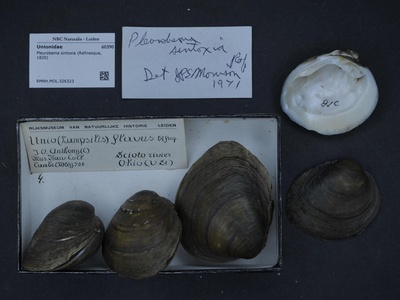
Round Pigtoe
A freshwater mussel that can live for decades, acting as a natural water filter for our rivers. It’s threatened by pollution and dams that block the fish it needs to reproduce. Its presence in the Fox River indicates areas of improving water quality.

Rainbow Shell
This small freshwater mussel has a beautiful, yellowish-green shell with delicate green rays. Like other mussels, it’s an excellent indicator of water quality and is highly vulnerable to pollution and habitat degradation in Green Bay’s tributary rivers.
